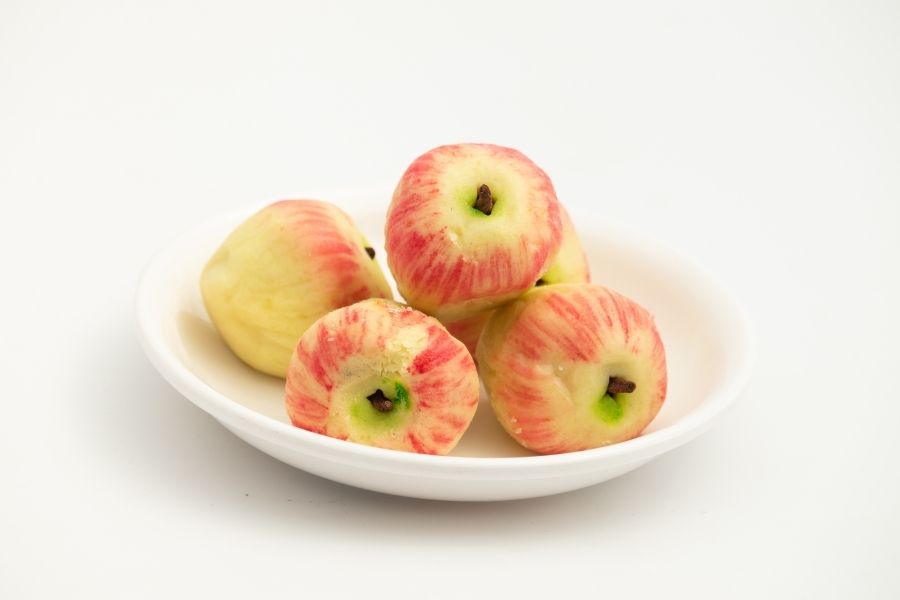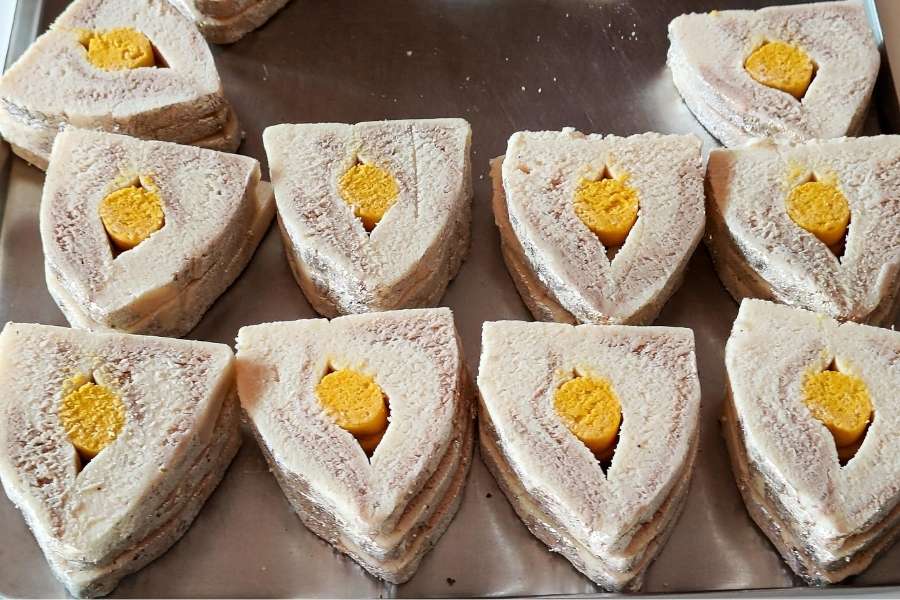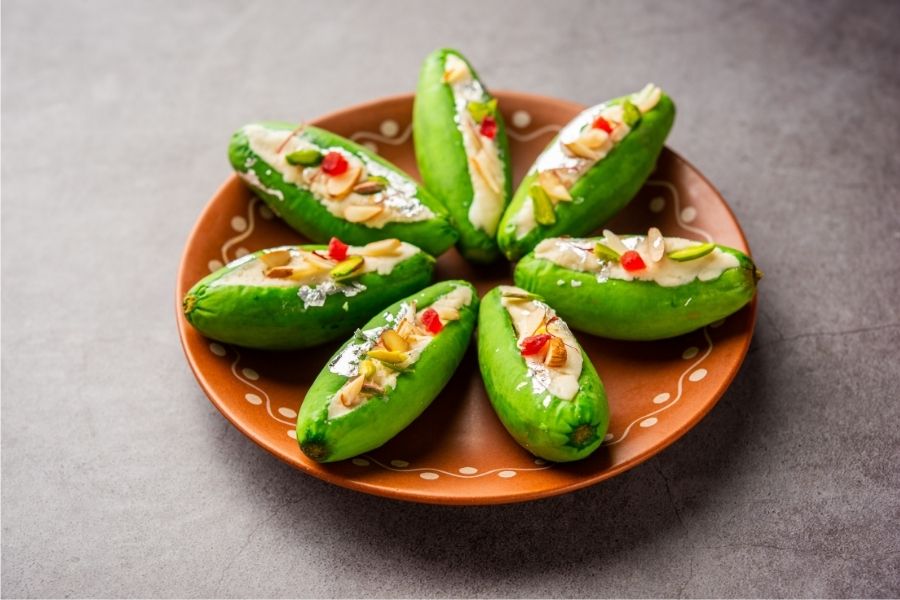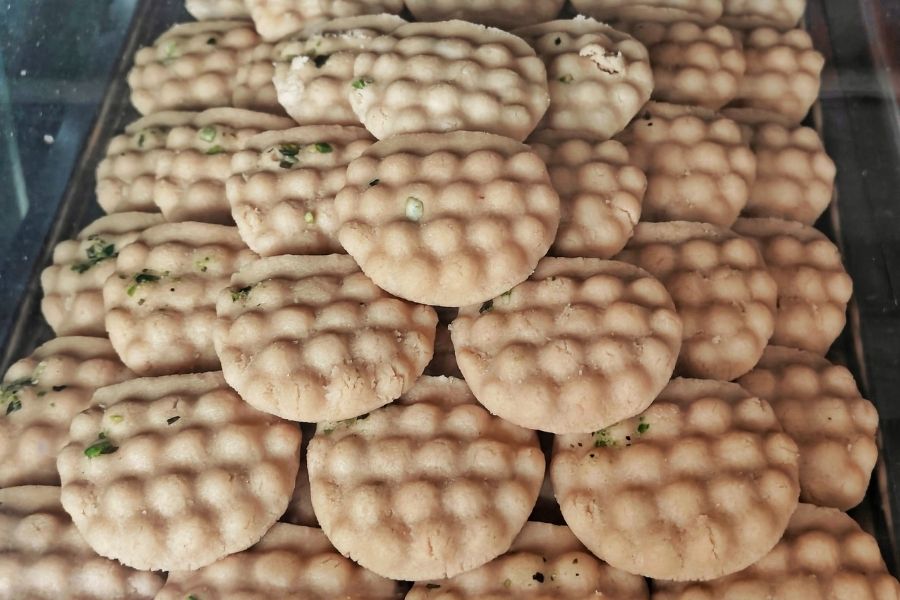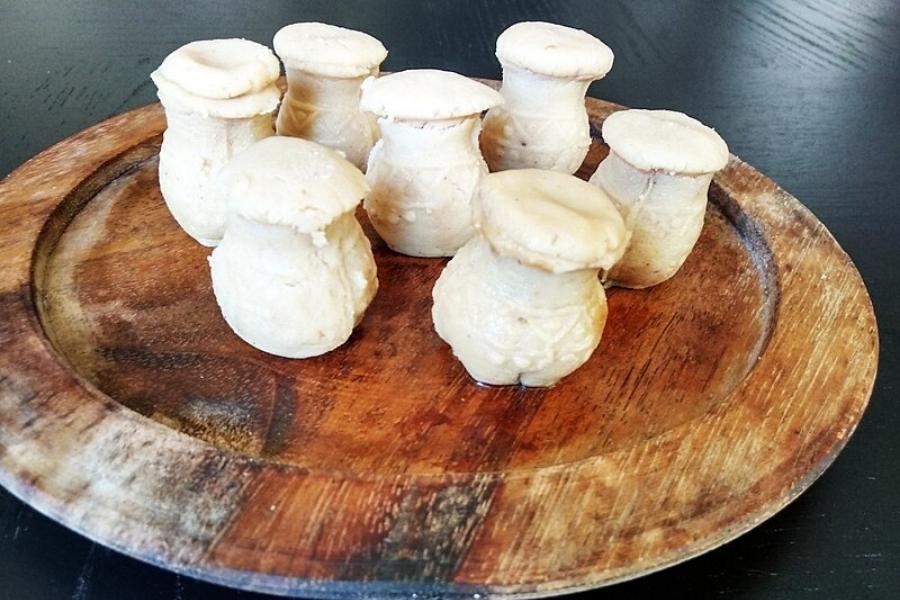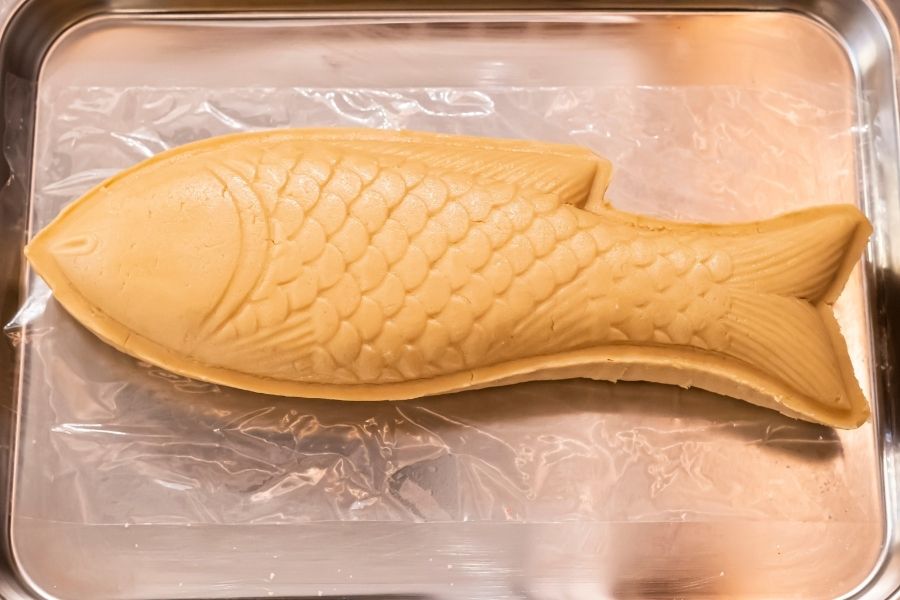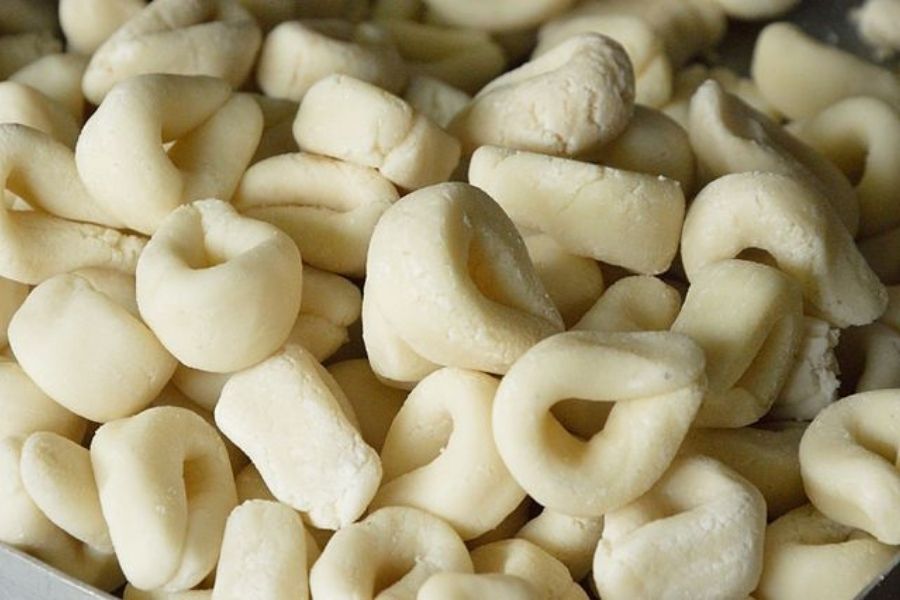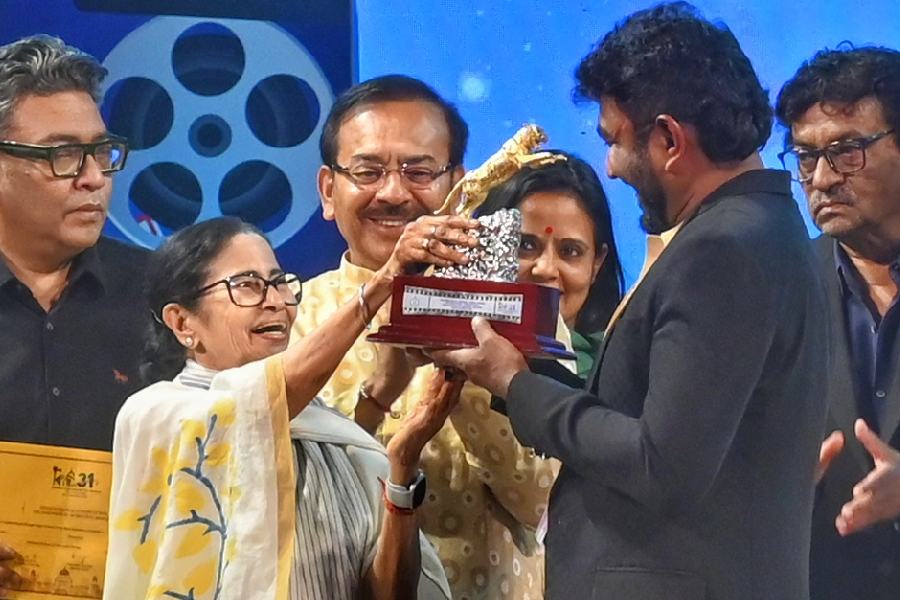For many of us growing up in Bengal in the ‘90s, childhood had many flavours — the tang of tamarind toffees, the crunch of jhalmuri, and the sweetness of mishti. For many of us, the sweetest memories came wrapped in the small boxes our parents and grandparents carried home from the bazaar. Inside were tiny treasures — apple mishti, hansh sandesh, and ilish peti sandesh, which delighted our eyes before they even touched our tongues. This Children’s Day, My Kolkata revisits the novelty mishtis that once made our tiffin boxes and afternoons a little sweeter.
Apple mishti
The apple mishti was perhaps the most photogenic of them all. Perfectly round and shaded red and yellow to resemble a tiny apple, it even came with a clove on top as the stem. Its taste was similar to a peda or a dry sandesh, but what really made it special was how real it looked. It is still found in some select old sweet shops.
Hansh mishti
Next was the hansh mishti, a duck-shaped sandesh that turned every bite into playtime. Most children, being children, would start by biting off the head. Made in the ‘koda pak’ style (the mixture is cooked longer for a firmer texture), the hansh mishti had a delightful softness within. It is still available at iconic sweet shops like Putiram.
Ilish Maccher Peti sandesh
Growing up in fish-loving Bengal, the ilish machher peti sandesh was a charming and obvious surprise. This sweet celebrated the hilsa in a whole new form — a thin, delicate sandesh shaped like a fish slice, complete with yellow-tinted ‘maacher dim’. It proved that Bengalis could never have too much ilish, even if in dessert form.
Potol Mishti
The potol mishti was another playful twist. While most children frowned at the sight of the vegetable on their plates, some couldn’t resist its sweet cousin. Made from tender poached potol stuffed with kheer, this mishti turned one of Bengal’s most common vegetables into a crowd favourite for those with a sweet tooth.
Aata Sandesh
The aata sandesh, simple yet charming, took its name from the custard apple. Made from chhena and sugar or gur, it was pressed in a mould that gave it the distinct look of a half-cut aata (custard apple). Still available at the local sweet shops, it isn’t flashy, but it carries the elegance of traditional Bengali sweets.
Gur Kolosh
Come winter, Gur Kolosh takes over sweet trays. This sandesh, shaped like a tiny earthen pitcher, is filled with runny nolen gur, the liquid gold of the season. It is firm outside with liquid nolen gur inside.
Maach Mishti
The maach mishti, shaped like a full fish, is a wedding staple that also found its way into children’s treats in smaller versions. Crafted using intricate wooden or stone moulds, it reflects Bengal’s twin passions for mishti and machh in a single bite.
Gujia
And then there is gujia — small, unassuming, yet deeply comforting. Made from khowa and sugar or jaggery, it was the cheapest of them all, once sold for just 50 paisa.
